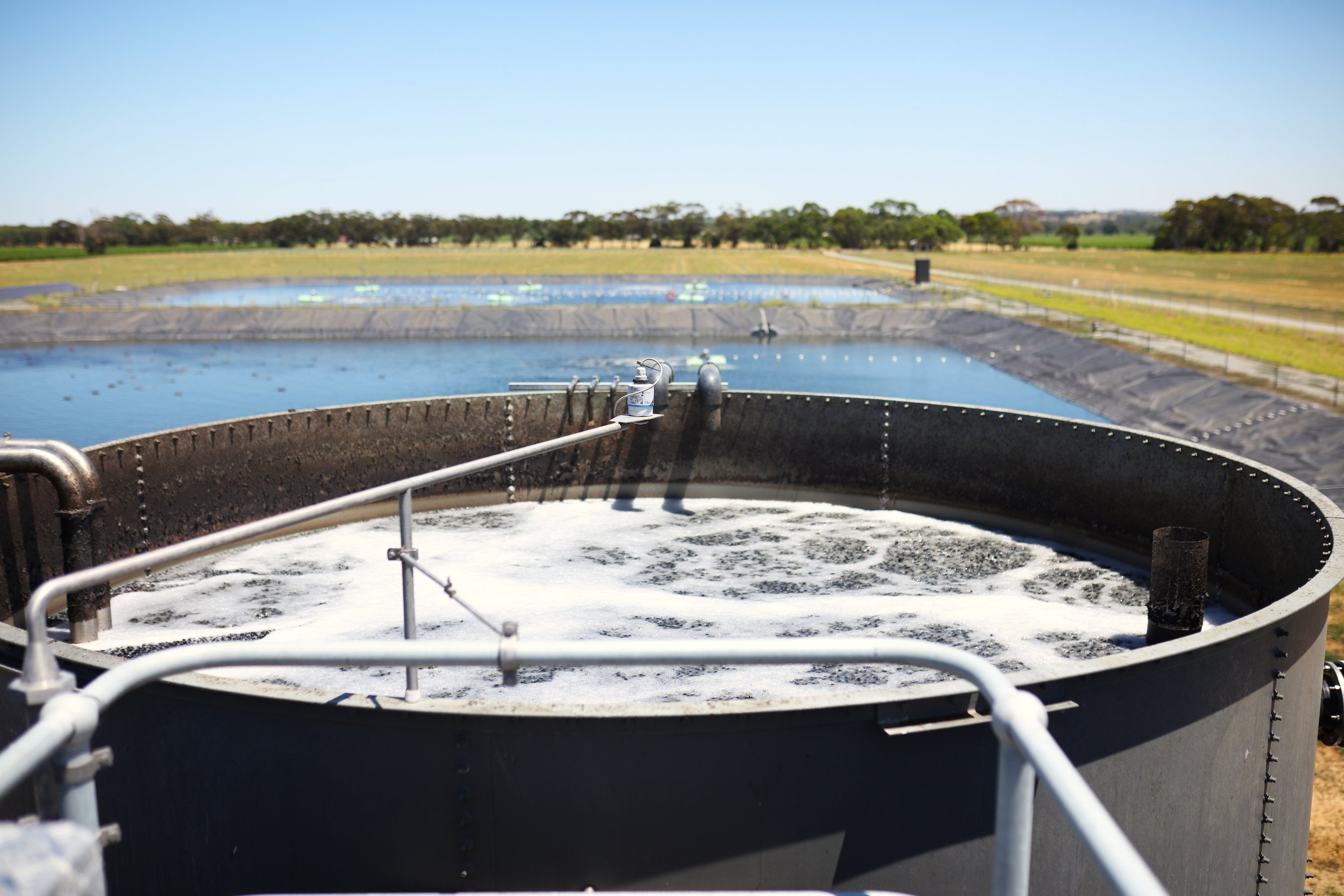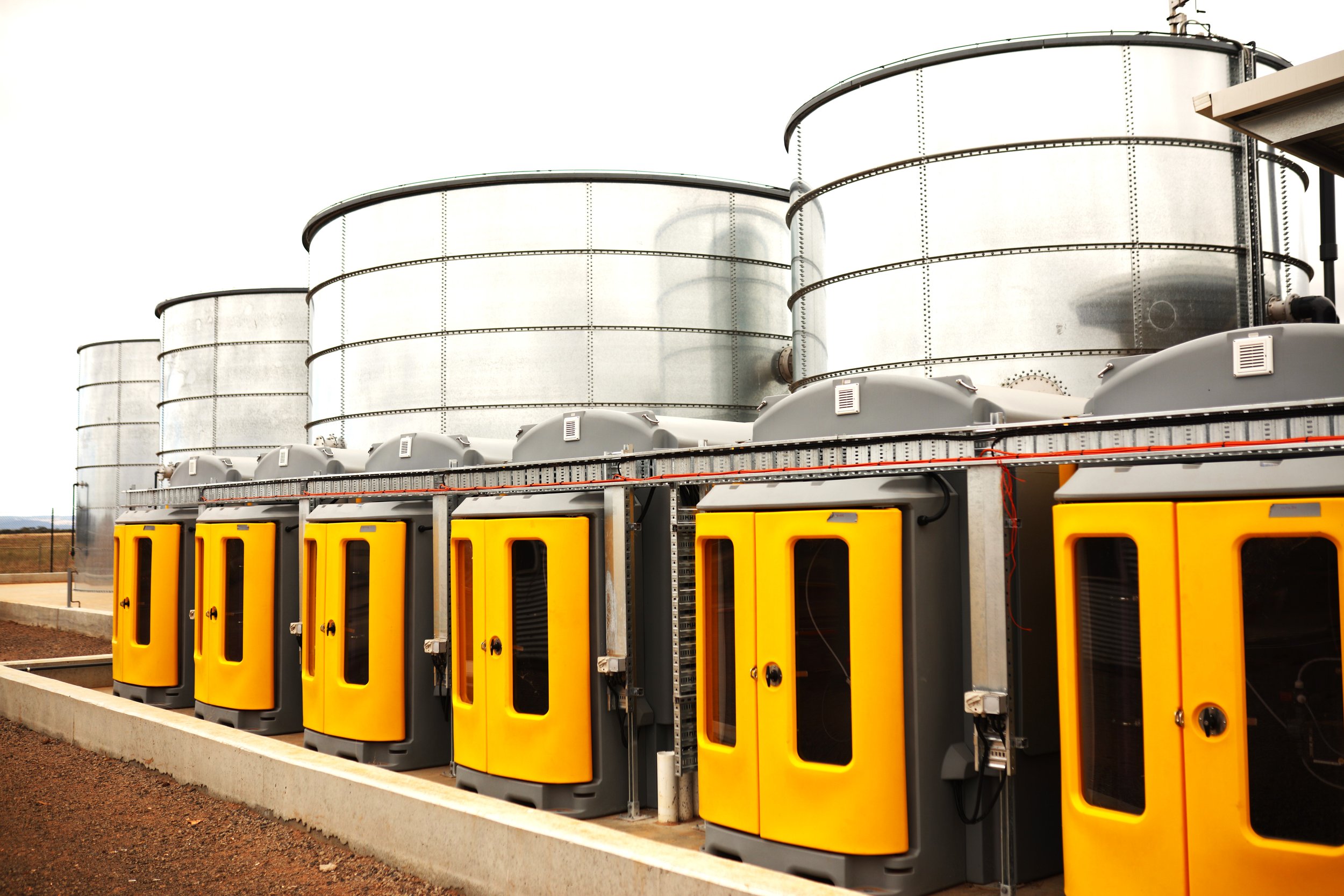
What Chemicals does an MBBR Wastewater Treatment Plant on a Food or Beverage Processing Site Use? And How Much?
For Meat Processors, Food & Beverage Processors and Rendering Sites
Contents
Section 1: The Essential Chemicals for your MBBR System
1.1 pH Regulators
1.2 Nutrient Addition
1.3 Coagulants and Flocculants
1.4 Disinfectants
Section 2: MBBR Chemical Use for Specific Industries
2.1 Meat Processing
2.2 Breweries and Distilleries
2.3 Poultry Processing
Section 3: Troubleshooting MBBR Operational Issues With Chemical Optimisation
3.1 pH Imbalance
3.2 Nutrient Deficiency
3.3 High Suspended Solids (TSS)
3.4 Poor Disinfection
Conclusion
As a vital part of any food or beverage processing site, understanding your Moving Bed Biofilm Reactor (MBBR) system is not just about mechanical knowledge.
It's also about understanding the chemistry involved, which helps you to achieve the best efficiency, cost-effectiveness and regulatory compliance.
At the heart of this chemistry lies the topic of this article: the chemicals your MBBR system uses and how much it requires.
Section 1: The Essential Chemicals for your MBBR System
1.1. pH Regulators
The pH of your wastewater plays a critical role in the functioning of the microorganisms in an MBBR system. The ideal pH range for the bacteria to thrive is usually between 6.5 and 8.5.
Two common chemicals used to balance the pH in MBBR systems are:
Sodium Hydroxide (NaOH): used to increase the pH (make it more alkaline)
Hydrochloric Acid (HCl): used to decrease the pH (make it more acidic).
The exact amount needed will depend on the incoming wastewater characteristics, but a general guideline suggests a dosage of 0.05 - 0.5 kg/m³.
For precise dosing, regular pH monitoring is recommended, and Waterform’s FlowCare division offers a range of monitoring and control systems for accurate pH control.
1.2. Nutrient Addition
Microorganisms in an MBBR system also require nutrients, particularly Nitrogen (N) and Phosphorous (P), to carry out their biological activities.
These are often added in the form of:
Ammonium Nitrate (NH4NO3)
Phosphoric Acid (H3PO4)
Nutrient addition is typically recommended at a rate of 5:1 (N:P), and it might be necessary to adjust depending on the specific nutrient makeup of your wastewater.
1.3. Coagulants and Flocculants
Coagulants like Aluminium Sulphate (Al2(SO4)3) and flocculants like Polyacrylamide (PAM) are used to enhance the removal of suspended solids, organic matter and some metals from the wastewater.
Coagulant dosages usually range between 10-150 mg/L, while flocculant dosages range between 0.1-10 mg/L.
1.4. Disinfectants
Finally, disinfectants such as Chlorine (Cl2) and Ultraviolet (UV) light are used post-treatment to ensure the wastewater is free from harmful pathogens.
Chlorine is typically dosed at around 1-15 mg/L, depending on the level of disinfection required.
Section 2: MBBR Chemical Use for Specific Industries
The exact dosing requirements for your MBBR system can vary significantly depending on the nature of your wastewater.
Here, we focus on three industries: meat processing, breweries and distilleries, and poultry processing.
2.1. Meat Processing
In the meat processing industry, the wastewater typically contains high levels of organic matter and fats. The pH can often be on the acidic side due to organic acids.
In this case, you might need to use more Sodium Hydroxide to maintain the right pH. Additionally, coagulant dosing may need to be on the higher end of the scale to remove fats and proteins effectively.
2.2. Breweries and Distilleries
In breweries and distilleries, the high sugar and alcohol content can result in a very high Biological Oxygen Demand (BOD) in the wastewater.
Nutrient dosing in the form of Nitrogen and Phosphorous is particularly crucial to ensure the bacteria can metabolize the high BOD.
However, due to the lower fat content, coagulant dosing can often be lower than in meat processing plants.
2.3. Poultry Processing
Similar to meat processing, poultry processing wastewater can contain high levels of organic matter and fats. pH adjustment and coagulant dosing will be critical in these plants.
It is also essential to monitor for high levels of nitrogen due to poultry waste, which may require additional chemical treatments.
Section 3: Troubleshooting MBBR Operational Issues With Chemical Optimisation
While MBBR systems are generally robust and straightforward to operate, some common issues can impact their performance. Here are a few potential problems and how to troubleshoot them with chemical intervention:
3.1. pH Imbalance: If the pH is outside the optimal range, the microorganisms' activity can be reduced. Regular monitoring and adjustment with Sodium Hydroxide or Hydrochloric Acid can rectify this issue.
3.2. Nutrient Deficiency: A lack of nutrients can limit the microorganisms' ability to process the organic load effectively. This can be resolved by dosing with Ammonium Nitrate and Phosphoric Acid as required.
3.3. High Suspended Solids (TSS): High suspended solids can lead to poor effluent clarity. Optimising your use of coagulants and flocculants can help to enhance solids removal.
3.4. Poor Disinfection: If post-treatment disinfection levels are not meeting requirements, this may require an increase in disinfectant dosing or a change in disinfection method.
When it comes to chemical dosing, the expertise of Waterform’s FlowCare division can prove invaluable.
With extensive experience supplying chemicals for MBBRs, SBRs, and MBRs across Australia, FlowCare can provide you with the precise chemicals and dosing strategies your plant needs.
Conclusion
While this guide has provided a broad overview, it's important to remember that every MBBR system is unique, and the exact chemical dosing requirements will vary based on your specific circumstances. Regular testing and monitoring, along with expert advice, can ensure your MBBR system operates effectively and efficiently.
Remember, a well-maintained MBBR system is not only good for the environment; it's good for your bottom line too!


